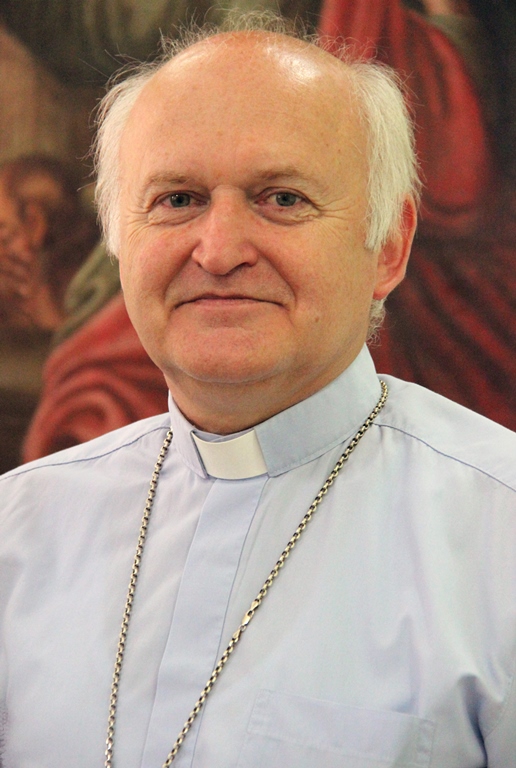|
Serbian Catholics are joining exodus from a country still in tatters "Many Catholics in Vojvodina have Hungarian, Romanian, Croatian or German roots, which makes moving to one of the countries of the European Union relatively easy." By Reinhard Backes NEW YORK—“Serbia has visibly become poor. For this reason, many have also given up hope. The 40- to 50-year-olds are now leaving—people in their prime.” Roman Catholic Bishop Ladislav Nemet of Zrenjanin did not mince words in speaking with international Catholic charity Aid to the Church in Need. Long out of the headlines, the country is in bad shape. “Waging war costs a great deal; however, being bombed even more,” the bishop said; “years of international sanctions and the damage inflicted by the NATO bombing in 1999—which has yet to be repaired—have been very hard on the economy, especially as it involves industry and the transportation infrastructure. Serbia has been thrown back at least 50 years.”
According to the bishop, the first wave of emigration to Serbia came in 1991. At that time, those leaving were primarily young Serbs who did not want to fight in the former Yugoslavia’s civil war. The second wave was triggered by the bombing in 1999. According to the 2011 Census, Serbia currently has 7.16 million inhabitants. The World Bank estimates that the country has lost approximately 300,000 inhabitants during the last decade. Emigration has also affected the Catholic Church. “Today, the Diocese of Zrenjanin in Vojvodina, in the northern part of Serbia, has approximately 65,000 believers. In 1991, there were still 99.000,” reported Bishop Nemet. Many Catholics in Vojvodina have Hungarian, Romanian, Croatian or German roots, which makes moving to one of the countries of the European Union relatively easy. Most Serbs move to Austria, Germany or the United States. Chicago is “already considered the second largest Serbian community after Belgrade,” said the bishop. Aid to the Church in Need has been supporting the pastoral work of the Catholic as well as the Greek Catholic church in all five Serbian dioceses for years. In 2014, the aid was primarily used for pastoral programs for children and adolescents; renovation as well as construction projects; the elimination of flood damage; Mass stipends to secure the livelihood of pastors; as well as the acquisition of automobiles to carry out pastoral care in diaspora regions in the nation dominated by the Serbian Orthodox Church. ACN Photo: Bishop Nemet |
|
|

